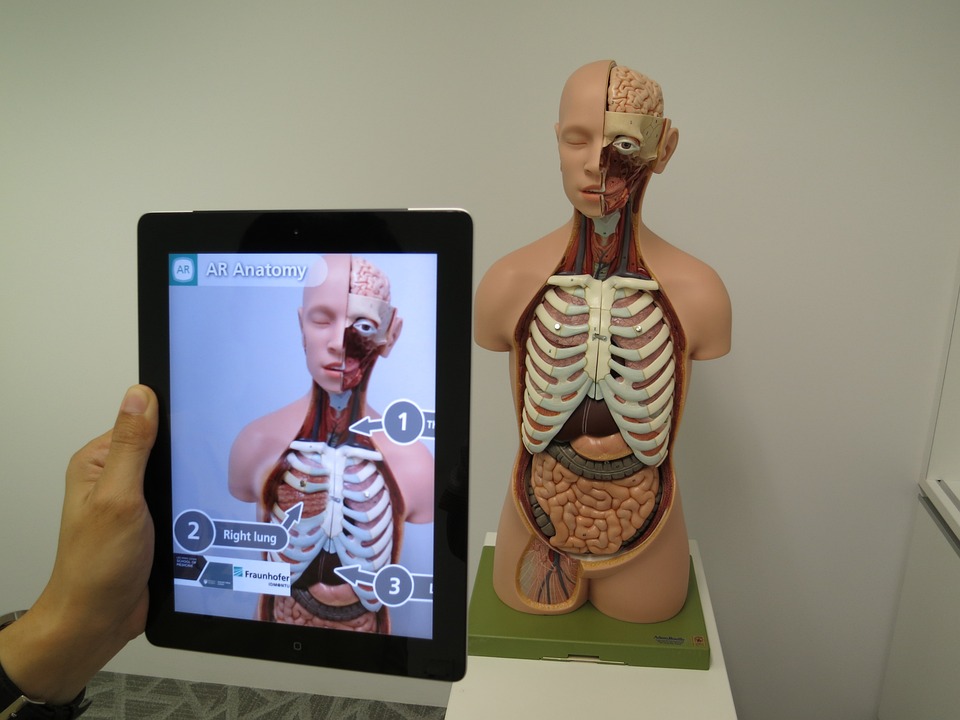Introduction
The concept of augmented reality (AR) has captivated the imagination of both technology enthusiasts and researchers around the world. This transformative technology overlays digital information onto the real world, enhancing our perception and interaction with the environment. In this article, we will explore the evolution of augmented reality, tracing its roots back to its inception and diving into significant milestones throughout its history. Sit back and join us on this immersive journey through time.
Early Beginnings
The seeds of augmented reality were planted as early as the 1960s. Ivan Sutherland, a pioneer in computer graphics, introduced the concept of a head-mounted display (HMD) in 1968. This rudimentary AR device, called “The Sword of Damocles,” laid the foundation for wearable AR systems we see today.
However, it wasn’t until the 1990s that the term “augmented reality” was actually coined. Tom Caudell, an employee at Boeing, used the phrase to describe a digital display system he developed to assist in aircraft manufacturing. This marked a significant step towards the recognition and future development of AR technology.
Growing Pains: Early Development Challenges
In the early years, augmented reality faced numerous challenges. Limited processing power, lack of accurate tracking systems, and high costs were among the key obstacles hindering its widespread adoption. However, despite these challenges, several pioneering efforts were made during this time.
One such milestone came in 1992 when Louis Rosenberg developed Virtual Fixtures, a system that allowed users to interact with virtual objects superimposed on the real world. This breakthrough set the stage for future advances in augmented reality technology.
Mobile Augmented Reality: The Revolution Begins
The advent of smartphones transformed augmented reality into a more accessible and widespread technology. With the launch of the first iPhone in 2007, developers started harnessing the device’s capabilities to create AR experiences. One notable example is the application “Yelp Monocle,” released in 2009, which allowed users to view digital information about local businesses overlaid onto their live camera feed.
In 2016, Pokémon Go took the world by storm, bringing augmented reality to the mainstream. The game integrated virtual creatures into the physical world, encouraging players to explore their surroundings and interact with their environment in unprecedented ways. Pokémon Go’s success acted as a catalyst for the development and popularization of mobile AR applications.
Furthermore, tech giants such as Google and Apple recognized the potential of augmented reality and incorporated AR frameworks into their respective operating systems. Google introduced ARCore in 2017, while Apple launched ARKit in the same year. These frameworks provided developers with powerful tools to create immersive AR experiences on millions of mobile devices.
Advances in Hardware and Wearable AR
As technology continued to advance, so did the hardware supporting augmented reality. Companies like Microsoft introduced the HoloLens in 2016, a groundbreaking mixed reality headset that allowed users to seamlessly blend digital content with the real world. The HoloLens opened up possibilities across various industries, from architecture and design to healthcare and education.
The Present: AR in Everyday Life
In recent years, augmented reality has become increasingly integrated into our daily lives. From social media filters to navigation apps and virtual try-on experiences, AR has expanded its reach into multiple applications. The COVID-19 pandemic further accelerated this trend, with virtual meetings and remote collaboration relying heavily on augmented reality technologies.
Moreover, the growth of augmented reality has extended beyond mobile devices and headsets. Smart glasses, such as the highly-anticipated consumer version of the Google Glass and the Snapchat Spectacles, promise to revolutionize our interaction with reality in the near future.
The Future of Augmented Reality
Looking ahead, the future of augmented reality appears promising. As technology continues to advance, we can expect more seamless integration of digital and physical realms. AR is poised to transform education, healthcare, entertainment, and many other industries, further enhancing our understanding and experience of the world around us.
Conclusion
The evolution of augmented reality from its humble beginnings to its current state has been remarkable. With each milestone, technological advancements have paved the way for new applications and possibilities. As we look to the future, augmented reality holds immense potential, and it will continue to reshape the way we perceive and interact with our surroundings.

